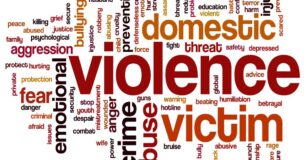Background
Family violence refers to violence or the threat of violence between family members, including any behaviour that coerces or controls a family member or causes them to be fearful. Family members can be current or former intimate partners, children, and other relatives which can include extended family members and kinship relationships. Family violence is typically …
Read moreKey findings
Perpetrators of FDV are primarily identified by security measures, whereas survivors and witnesses are primarily identified through self-disclosure Largely, perpetrators of FDV are identified by the Department of Justice (the Department) through a range of security measures, most of which hinge on proactive security practices. We found this to be good practice. However, the Department …
Read moreConclusion
People in custody are more likely to have histories of exposure to FDV, either as perpetrators, survivors or witnesses, or a combination of the three. Some populations that have an increased risk of exposure to FDV, also have higher rates of incarceration. This includes Aboriginal Australians, especially Aboriginal women, people who come from socially disadvantaged …
Read moreRecommendations
Recommendation 1 Maintain readily extractable data on FDV perpetration. Recommendation 2 Ensure the timely completion of treatment assessments and Individual Management Plans. Recommendation 3 Investigate the possibility of modulising FDV programs, and criminogenic programs more broadly, for adults and young people in custody. Recommendation 4 Ensure criminogenic programs that are delivered demonstrate efficacy. Recommendation 5 …
Read more


